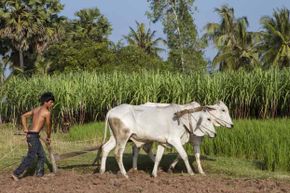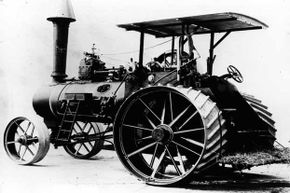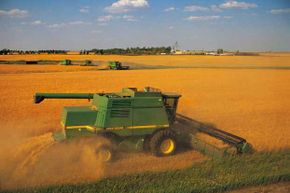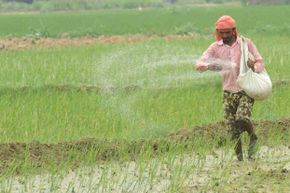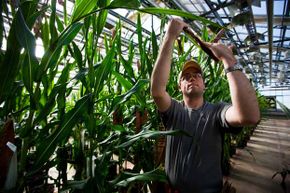Key Takeaways
- The plow, an ancient tool dating back to 3500 B.C.E., revolutionized farming by allowing early farmers to till more land faster, increasing crop production.
- Tractors, introduced in the 1920s as portable steam engines, significantly reduced manual labor in fields, helping farmers work more efficiently.
- Biotechnology, particularly the development of genetically modified organisms (GMOs) in the mid-to-late 1990s, has led to crops with higher yields, shorter life cycles, and greater pest and disease resistance, transforming agricultural production.
If you started your day wearing clothing made of cotton, eating multigrain cereal doused with milk or filling your vehicle's tank with an ethanol blend, you may want to thank a farmer.
From fibers to food to fuel, nearly every aspect of daily life is powered by agriculture. Farmers harvest cotton fibers for cloth, raise dairy cows for milk, and cultivate grains for food and fuel. They even grow the hogs that supply our bacon fixation. And turducken? That enigmatic combination of turkey, duck and chicken wouldn't be possible without farmers, either.
Advertisement
So what does it take to feed, fuel and clothe an increasingly populated planet? A little rain, a little sun and a lot of technology. In fact, modern farmers are just as likely to use GPSs to track crop production as they are to consult the Old Farmer's Almanac for advice.
In the 1940s, one U.S. farmer produced enough to feed 19 people. By the 2000s, that number had grown to 155 [source: Animal Smart]. Here are five farm technologies that have made this possible.

